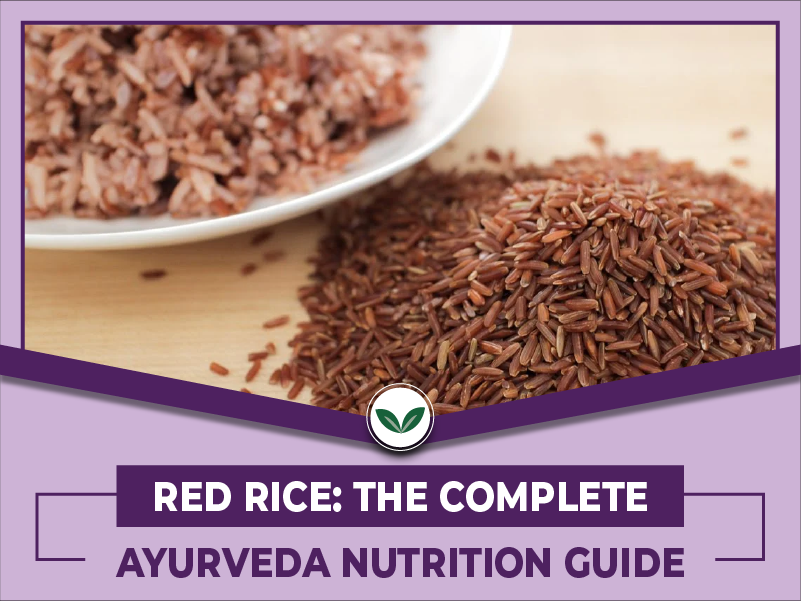- Reading time: 2 min 8 sec
There are approximately 40,000 varieties of rice, each with unique health benefits and nutrient contents. White rice, red rice, brown rice, and black rice are the most widely popular and consumed varieties. They are all considered whole grains.
Red rice is regarded as the healthiest of the bunch. It can be consumed either partially hulled or unshelled because it contains an antioxidant known as anthocyanin, which can be used to treat cardiovascular diseases. They are covered with a red husk.
The benefits of Red Rice is rich in magnesium and antioxidants, which aid in the treatment and prevention of numerous diseases such as:
Aids in diabetes management:
Red rice has a low glycemic index, it helps keep sugar levels under control. Regular consumption of red rice, which is high in magnesium, helps to improve oxygen circulation, which in turn helps to prevent asthma.
Helps digestion:
Because of its high fiber content, it facilitates smooth bowel movements.
Reduces Tiredness:
Red rice makes you feel fuller for longer because it contains bran.
Reduces the Risk of Heart Disease:
Red rice’s bran helps lower cholesterol levels, lowering the risk of heart disease.
Prevents Osteoporosis and Arthritis:
Red rice is a good source of calcium and magnesium, which aids in maintaining bone density.
Enhances immunity:
Selenium, a substance that helps fight infections, is found in red rice.
White, brown, black, and red rice differ from one another:
White Rice Vs Red Rice:
Polished rice is another name for white rice. The outer layers, such as the husk, bran, and germ, are absent from the white rice. As a result, it contains fewer vitamins and minerals than other rice varieties. It is an excellent natural carbohydrate source and has a high glycemic index.
Brown Rice Vs Red Rice:
The outer husk of brown rice is removed, but the bran layer and germ remain, so it contains more fiber than red rice.
Black rice Vs Red Rice:
Black rice has a significantly higher concentration of antioxidants than other types of rice because it contains all of the outer layers—husk, bran, and germ. The Colour is a deep black or purple husk of black rice. Due to the presence of anthocyanin, red rice has a high nutrient profile and a red color.
How to cook red rice correctly:
Before cooking:
- Soak the red rice in a large bowl for at least one hour to remove dust and other debris.
- Boil after adding water in a 1:4 ratio.
- Add the red rice once the water is boiling, cook for 20 minutes on low heat, and partially cover the bowl’s mouth with a plate.
Red rice is ready to eat when the water is removed after it has been cooked.
Red rice should be consumed with caution:
Consuming red rice has not been linked to any known adverse effects. However, indigestion may result from excessive consumption of red rice.
Takeaway:
Although white rice is a good source of carbohydrates, its high glycemic index eventually leads to excess blood glucose and body fat. As a result, this is not a good option for health reasons or weight loss. Red rice can be included in your weight loss program and daily diet.
Ayushakti’s mission is to help people in every possible way. You can consult our experts on the phone or video. We will suggest diet & home remedies for maintaining your well-being in these difficult times.
Book your consultation here – https://bit.ly/3XiG50D
For more information write to us at info@ayushakti.com
You may contact us on our toll-free numbers – 18002663001 (India) & +18002800906 (Global)
Author of the Blog: Dr. Deepali Shastri
Expert Review By: Dr Smita Pankaj Naram
Co-Founder, Ayushakti Ayurved Pvt Ltd








